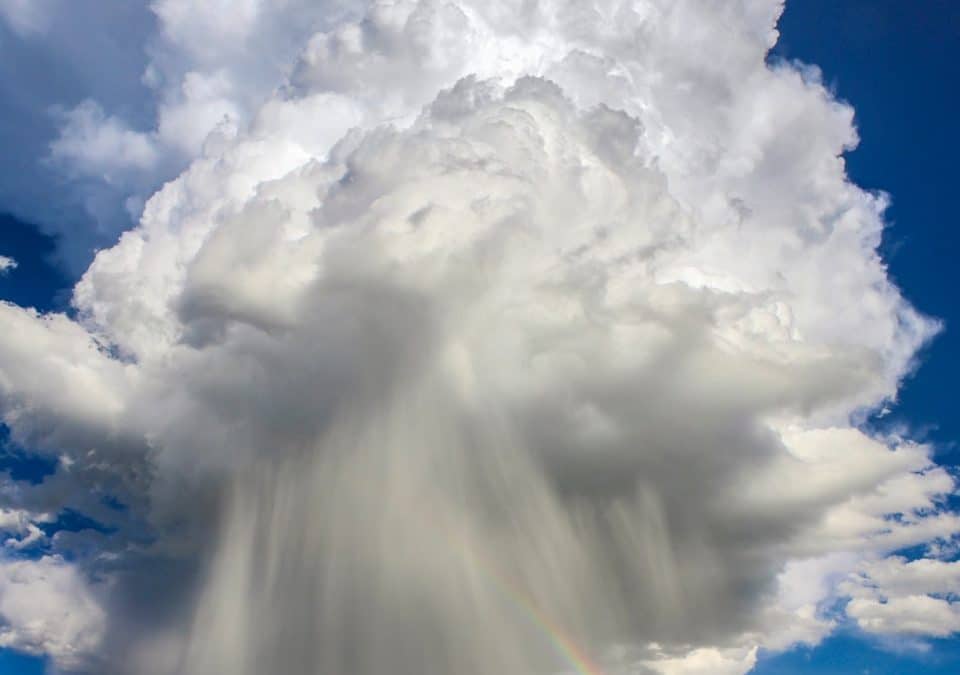The Next Generation of Weather Forecasting is here.
I have been waiting for this for some time now; this is good news for all of us.
The National Weather Service (NWS) recently completed a significant $150 million upgrade to its NEXRAD radar network, which is set to significantly change how we receive weather information. These upgrades will ensure that 159 weather radars, including those in some of the country’s most remote areas, remain operational and effective until at least 2035. But what does this mean for you? I will attempt to break it down in a way that is easy to understand.
What Is NEXRAD, and Why Should You Care?
NEXRAD stands for Next-Generation Radar, a critical part of meteorologists’ technology for tracking and predicting weather patterns. Whether spotting a thunderstorm forming over your town, detecting the path of a tornado, or measuring the intensity of a snowstorm, these radars are on the front lines, providing the data needed to keep us informed and safe.
The recent upgrades mean these radars are now more dependable and accurate than ever. This is particularly important for people living in remote or rural areas, where access to up-to-the-minute weather information can be a lifeline.
The upgrades will benefit everyone. Here’s how.
1. More Reliable Weather Alerts:
Have you ever been caught off guard by sudden bad weather? With these upgraded radars, the chances of that happening are reduced. The enhancements mean that radar systems are less likely to experience downtime, leading to fewer gaps in weather data. This means that when severe weather is on the way, you’ll be more likely to get timely alerts, giving you and your family extra time to prepare.
2. Enhanced Accuracy for Your Everyday Decisions:
Whether you’re deciding whether to bring an umbrella, plan a road trip, or schedule an outdoor event, accurate weather forecasts are essential. Modernized radar systems improve the precision of weather predictions, meaning you can trust the estimates to guide your decisions. With better data, forecasters can provide more accurate information, making you less likely to cancel plans due to unreliable estimates.
3. Better Data for Everyone, Especially in Remote Areas:
People in remote areas often rely heavily on weather information to plan their day-to-day activities, especially if they live far from cities where local news might not cover their area as thoroughly. The upgraded radars ensure that these communities are not left in the dark. By improving the performance of radars in these regions, everyone, no matter where they live, can access better and more reliable weather data.
This matters in the long run.
The upgrades to the NEXRAD radar network aren’t just a short-term fix; they’re an investment in our future. By extending the lifespan of these radars to 2035, the NWS has ensured that we will continue to receive high-quality weather data for years to come. This will help us stay informed, safe, and prepared, no matter what Mother Nature has in store.
While you might not see or think about these radars daily, they are vital in keeping us all safe and informed. Thanks to these recent upgrades, you can count on more reliable, accurate weather forecasts to help you plan your day, stay safe during severe weather, and make informed decisions, no matter where you are.
This is especially beneficial for remote areas not currently well covered due to their distance from the radar. We all deserve better and more accurate warnings.

